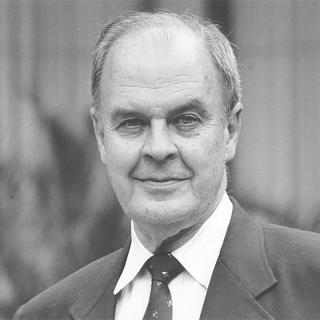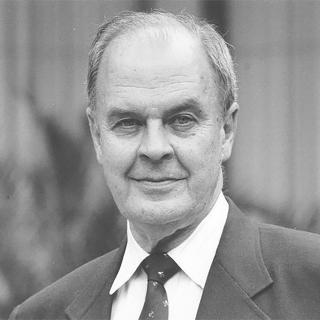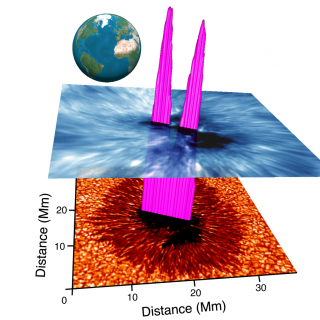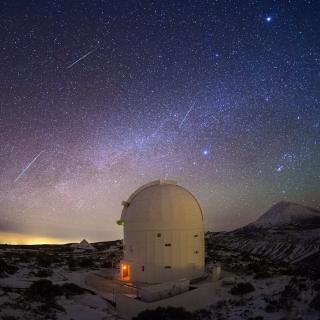
Entrevista publicada en IAC Noticias. N° 1- 1994. Sección "A través del prisma" Propuesto por el Instituto de Astrofísica de Canarias al «Premio Príncipe Asturias de Investigación Científica y Técnica 1989», el Prof. Guido Münch es el primer astrónomo que ha recibido este galardón. Su contribución a la Ciencia incluye tanto análisis teóricos y observacionales sobre la atmósfera del Sol y de las estrellas, como aplicaciones tecnológicas que resultaron decisivas en la exploración del espacio: programas Mariner, Viking y Pioneer. Actualmente, Guido Münch reside en Tenerife, atraído por el clima
Advertised on




